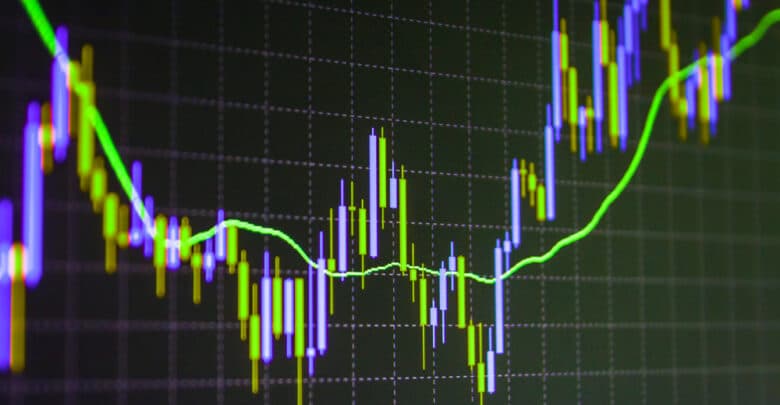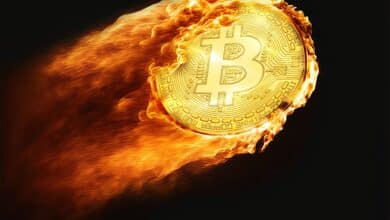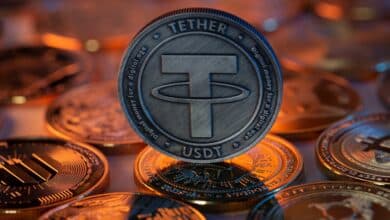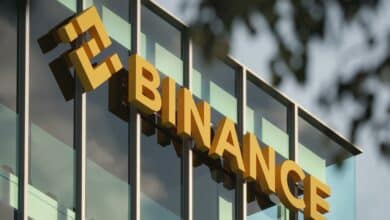
Two weeks after the Russian invasion of Ukraine, the danger to commodity flows in Europe had battered the euro, the British pound, and the Swedish krona, with the euro holding at $1.10. “We expect more negative investor sentiment going forward. When there is a panic market, only safe haven currencies will rise”, predicted Georgette Boele of ABN Amro Bank, referring to the US dollar and the Japanese yen, but not the Swiss franc because of Switzerland’s location near the battle. She added that expected disruptions to commodity imports in months to come could deal a blow to the European economy and possibly discourage any hawkishness on the part of the European Central Bank (ECB).
A month-and-a-half later, near the end of April, the first of her predictions seemed to have materialized, with the euro down further to $1.0534 (so that EUR/USD was at 1.0534) and analysts expecting the currency to reach parity (equal value) with the dollar. One of the main reasons was accounted for by Boele’s formula, as Russia had cut off gas flows to Poland and Bulgaria. Another factor weighing on the euro was the threat to worldwide economic growth due to China’s severe Covid lockdowns.
The third reason the dollar was overwhelming the euro was the general expectation the US Federal Reserve was on a hawkish run, which oftentimes can boost the dollar. Another important point is that the American currency can tend to gain strength when “The US economy is outpacing others as well as when risk aversion is high. We are in that exact context today”, explained Salman Baig of Unigestion SA. For all those interested in the big currency pairs containing USD at iFOREX, let’s catch up with the latest news and the reasons behind key movements.
USD/JPY
By April 19th, Japanese finance minister Shunichi Suzuki had grown concerned that the ailing yen, which was at 128 to the dollar, having lost value for 13 straight days, might spark “strong negative” effects in the economy. Suzuki had promised to monitor the situation “with a strong sense of vigilance”, on the one hand, but he also indicated his disinclination to raise interest rates, on the other. Governor of the Bank of Japan Haruhiko Kuroda had kept insisting that economic stimulus would be continued, which piled more weight on the yen.
When April was closing off, Georgette Boeler’s prediction of a strengthened yen had not yet come true, with the yen even weaker at 130 to the dollar, having rapidly lost 11% in only seven weeks. The trend had really begun back in mid-March when anticipation of a wave of Fed hawkishness was very high but the Bank of Japan was poised to do the opposite. Even though the Ukraine war was well underway, traders were not viewing the yen as a safe haven and this “May actually reflect a weakening of the Japanese economy”, said Taku Ito of Nissay Asset Management. Prices of food and energy were soaring in Japan, and consumer demand needed revitalization.
USD/INR
A week into March, the Indian rupee had sunk to a new low against the dollar, with the USD/INR at 76.97. A powerful driver behind this movement was the rocketing of crude oil prices to $127.35 a barrel, which expanded the nation’s account deficit, weighing, in turn, on the rupee. “Weakness in the rupee is definitely set to continue if foreign outflows continue and oil climbs higher”, said Harihar Krishnamoorthy of Firstrand Bank. On the other side of the currency pair, the Ukraine war was “leading to a stronger dollar index”, explained Imran Kazi of Mecklai Financial.
Two months later, at the beginning of May, the US Federal Reserve used dovish tones, rejecting the prospect of a 75-basis-point hike, and this gave a boost to Asian currencies like the Thai baht, which surged 1%, and the Indian rupee and the Philippine peso, which both gained 0.3%. At the same point, this seemed like only a “temporary reversal, lasting a couple of weeks”, explained Kiyong Seong of Societe Generale SA. The fact remained that “souring risk sentiment as the Fed continues to raise rates will continue to weigh on EM (Emerging Market) currencies in the longer term”.
Wrapping Up
In the business of trading currency pairs online with iFOREX, it will be important to look out for signs of new policy from the Bank of Japan, but also for a lifting of Chinese lockdowns which may determine if EUR/USD will reach as low as 0.85 to 0.9 by the end of the year, as predicted by Clifton Hill of Acadian Asset Management. As to the dollar, it could still be on upward trajectory, according to Eugenia Victorino of Skandinaviska Enskilda Banken, and “There could still be some weakness for EM currencies amid the risk of recessions in the US and Europe”. If you plan on trading currency pairs like those we’ve mentioned, it’s important to stay tuned to the latest news updates to see how key decisions may affect rates going forward.
Tokenhell produces content exposure for over 5,000 crypto companies and you can be one of them too! Contact at info@tokenhell.com if you have any questions. Cryptocurrencies are highly volatile, conduct your own research before making any investment decisions. Some of the posts on this website are guest posts or paid posts that are not written by Tokenhell authors (namely Crypto Cable , Sponsored Articles and Press Release content) and the views expressed in these types of posts do not reflect the views of this website. Tokenhell is not responsible for the content, accuracy, quality, advertising, products or any other content or banners (ad space) posted on the site. Read full terms and conditions / disclaimer.







